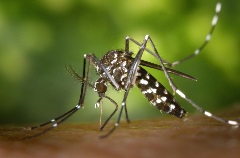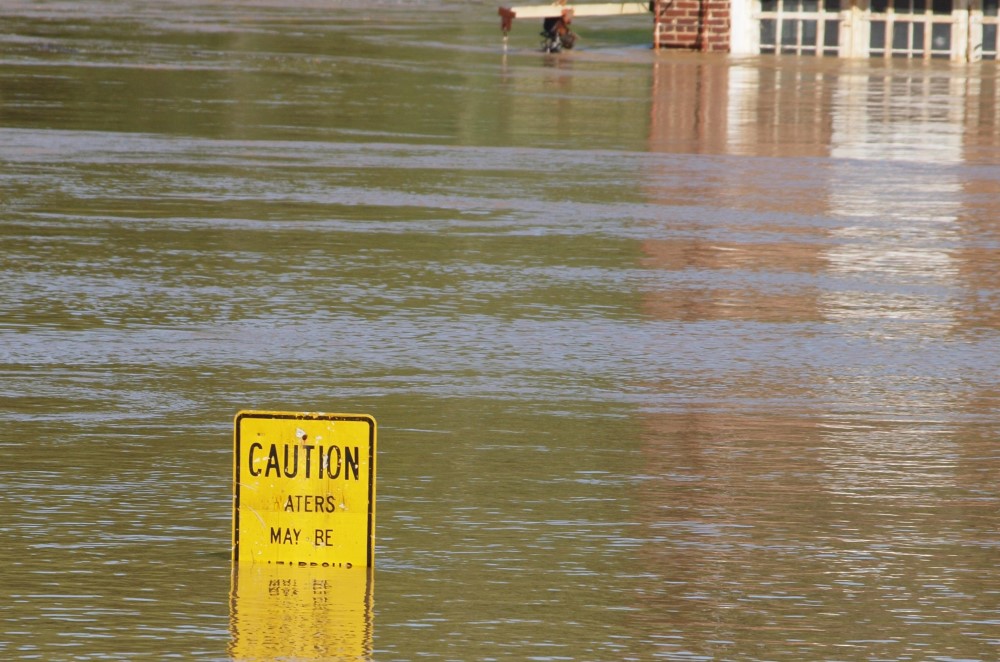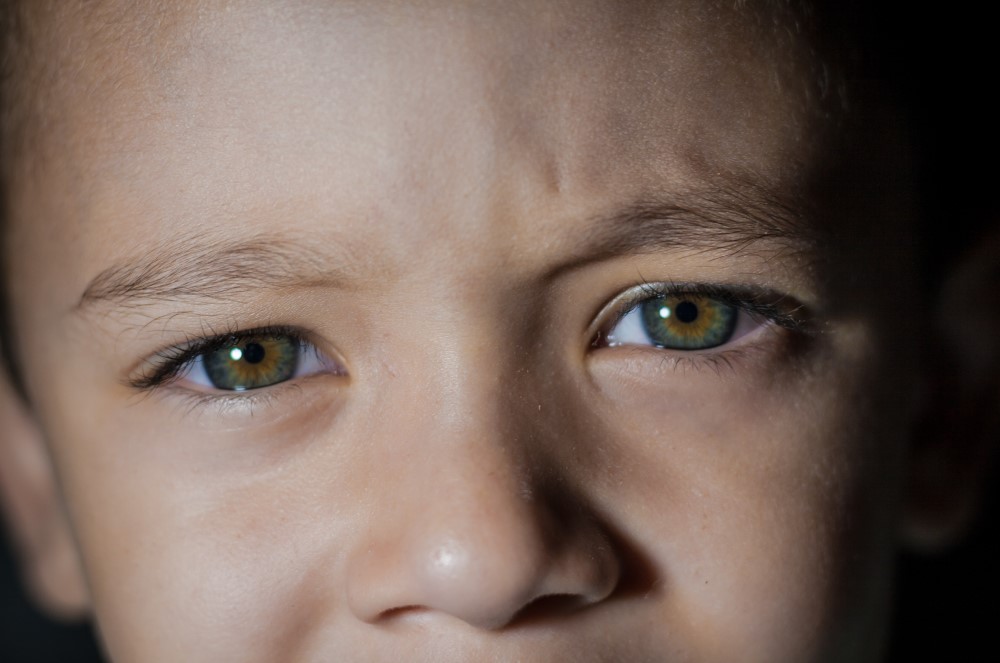Many of the same climate impacts that hurt the environment – extreme heat, flooding and pollution – also harm people in a variety of ways: A record-setting spike in heat-related deaths in Seattle. Growing populations of bugs that spread lethal diseases. Car and energy pollution that increases the risk of heart disease, strokes and premature death.
Rarely are the health effects immediate, like the Seattle deaths last summer. It’s more likely the causes will creep up on us slowly – literally in some cases. Which means we should be proactive and look for ways to prevent future harms now. Here are several cautionary flags to watch.
Vector-Borne Diseases
In 2020, there were far fewer cases of West Nile virus compared to COVID-19. But of the two diseases, West Nile had a higher death rate, according to the Centers for Disease Control. People died in 17 states including Nebraska, Florida and Arizona.
West Nile, which raised widespread alarm in the United States in 1999, has been recorded in every state except Alaska and Hawaii. The Dallas/Fort Worth area saw a bad outbreak in 2012, and the virus is still circulating in the U.S.
 The geographic range of some disease-spreading insects will expand as temperatures increase.As temperatures rise in the U.S. and across the world, the range for vector-borne diseases like West Nile, dengue fever, malaria and other diseases can expand. The West Nile virus primarily lives in birds, and it can be transmitted to people via mosquitoes. With climate change now extending warmer temperatures into the spring and fall, and farther north, the risk of West Nile is likely to expand as well.
The geographic range of some disease-spreading insects will expand as temperatures increase.As temperatures rise in the U.S. and across the world, the range for vector-borne diseases like West Nile, dengue fever, malaria and other diseases can expand. The West Nile virus primarily lives in birds, and it can be transmitted to people via mosquitoes. With climate change now extending warmer temperatures into the spring and fall, and farther north, the risk of West Nile is likely to expand as well.
Other aspects of climate change that favor mosquitoes, like flooding in urban areas, compound the problem.
The geographic range of some insects that spread disease will expand as temperatures rise.
Next on the horizon: the February 2022 report from the Intergovernmental Panel on Climate Change (IPCC) warns that climate change favors ticks, which spread Lyme disease, and also triatomines (“kissing bugs”). Triatomines feed on blood and spread Chagas disease, which can be life-threatening if untreated. Chagas had been found primarily in Mexico. But the bug now lives in more than half of the U.S., as far north as Pennsylvania, Illinois and Colorado. Both diseases are likely to continue spreading as Earth warms.
Respiratory Diseases
The causes behind climate change also contribute to respiratory diseases.
Transportation and energy generation systems that burn fossil fuels are major contributors to the climate crisis, which amplifies a variety of health risks, according to a new report from the American Lung Association (ALA), “Zeroing in on Healthy Air” (March 2022). Two of the pollutants from these systems, nitrogen oxides and volatile organic compounds, contribute to a wide array of health problems, including asthma attacks, heart attacks, strokes and premature death.
It is imperative that we take swift action to reduce the risks of runaway climate change.
Aiming for a solution, the ALA report says a full transition to zero-emission passenger vehicles by 2035 and trucks by 2040, coupled with renewable electricity, would prevent 110,000 premature deaths, 2.78 million asthma attacks and 13.4 million missed days from work over the next 30 years. The dollar value of that shift, says ALA, is $1.2 trillion in public health benefits and $1.7 trillion in climate benefits.
Production of Ford’s F-150 Lightning underscores automakers’ shift to electric vehicles (EVs) in the decades ahead.
Trees and forests offer another remedy to polluted air. Smoke from wildfires and the dust that accompanies drought can travel hundreds of miles in the wind, causing poor air quality across whole regions of the country. That dirty air can “cause everything from coughing and asthma flare-ups to heart attacks and premature deaths, especially for those with heart and lung diseases,” ALA warns.
For decades, Izaak Walton League chapters have been doing their part for air quality by planting trees. Some trees are struggling to survive in extreme drought conditions. At one chapter, trees they had worked hard to plant died when volunteers couldn’t keep up with the need for supplementary watering.
 Flooding is creating serious risks to our water quality and resources.
Flooding is creating serious risks to our water quality and resources.
Health Impacts of Extreme Weather
These impacts of climate change are well known, but the health consequences are worth underscoring. The recent IPCC assessment highlights the need to review flood risks across North America, which is seeing “increasing adverse impacts” from coastal flooding and mounting damage from inland flooding.
In September of 2021, the National Oceanic and Atmospheric Administration reported that the continental United States had just come through the hottest summer since 1936. In 2021, Seattle doubled the number of 100-plus-degree days that had ever been recorded in the city – from three to six.
By mid-July, that unprecedented heat wave gripped the Pacific Northwest and killed 112 people in Washington state alone, making it the most deadly weather-related event in the state’s history, according to National Public Radio. Daily highs repeatedly broke 100 degrees in the Dakotas, as the Missouri River basin saw temperatures 15-20 degrees above average.
Mental health can also suffer when we’re exposed to unusual heat or have to flee our homes due to wildfire or raging flood waters. Climate-related damage to the economy and our communities cause fear, especially among young people, who expect to live through more future climate change.
Since the IPCC’s fifth assessment in 2013 and 2014, experts have become more certain that climate change is taking a heavy toll on our mental health. “Climate-related extreme events such as wildfires, storms, and floods are followed by increased rates of mental illness in exposed populations,” the international science panel now says.
 Climate change poses greater risks for children since they will live to see the worst effects and many have already felt its harms.
Climate change poses greater risks for children since they will live to see the worst effects and many have already felt its harms.
Effects on Children
Children are especially at risk from climate change – they will live to see the worst of it, and they are more vulnerable to the effects that are already happening.
Young people who spend summer days playing outdoor sports are clearly more at risk from heat exposure than adults who pass their time in air-conditioned homes or workplaces. As the CDC has reported, young athletes are more likely to die from heat stroke than from any other cause. Kids who play outdoors are more exposed to allergens like pollen, which some plants produce more of as temperatures rise. This can contribute to asthma and other respiratory problems.
Globally, children receive a disproportionate impact from climate in the full range of harms: vector-borne diseases, waterborne diseases (from algal blooms, for instance), heat, respiratory diseases and other effects.
"It is through working together to educate and advocate that we can restore hope to the conversation."– Laura Anderko
Finally, children can be hurt by climate change before birth. Two years ago, in the journal Nature Climate Change, researchers Alan Barreca and Jessamyn Schaller examined the relationship between hot days and pre-term births. They estimated that each day above 90 degrees causes 822 babies to be born too soon. That adds up to 25,000 people every year who get a difficult start in life because of extreme heat.
Pre-term birth is the leading cause of infant death in the United States – and the survivors still have a tough road ahead of them. Those who enter the world too soon often suffer from intellectual disabilities, chronic lung disease, or motor disorders, says the March of Dimes.
Addressing healthcare professionals in a 2019 article on climate change in Pediatric Research, Georgetown University professor Laura Anderko, Ph.D., concluded that these impacts underscore the “critical need for us to consider the consequences of these environmental changes on health, particularly in children whose developing systems are more vulnerable to these extreme exposures.”
We can’t give up, says Anderko, who now serves as co-director of the Mid-Atlantic Center for Children’s Health and the Environment. “It is through working together to educate and advocate that we can restore hope to the conversation. Climate change is more than an economic issue. It is also a health issue.”
For Our Future
For the sake of our grandchildren and those who will come later, it is imperative that we take swift action to reduce the risks of runaway climate change. This will be one of the League’s top priorities as we consider our vision for conservation leadership in the years ahead.
Top photo: Ford's F-150 Lightning underscores automakers' pivot to electric vehicles for the decades ahead. Credit: Ford.